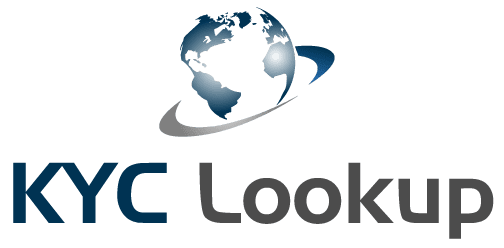07 Oct Mining in Emerging Markets: The Hidden Threat of Money Laundering
The mining industry, a cornerstone of emerging markets’ economic growth, has experienced remarkable expansion in recent years. However, this growth has also attracted the attention of financial criminals seeking to exploit vulnerabilities within the sector. In this article, we look into the dynamic world of mining in emerging markets and examine the inherent money laundering dangers that come with it. Understanding these risks is paramount in preserving the industry’s integrity while fostering sustainable growth.
The Mining Industry in Emerging Markets
Emerging markets have become global hubs for mining activities due to their vast mineral resources, lower production costs, and burgeoning demand for commodities. Countries like Brazil, South Africa, and Indonesia have witnessed mining booms, attracting significant investments from both local and international stakeholders.
This industry’s allure lies in its potential for substantial profits, but it also presents unique challenges. Emerging markets often struggle with weak regulatory frameworks, corruption, and insufficient enforcement mechanisms, creating a fertile ground for money launderers.
Money Laundering Dangers in Mining
- Complex Ownership Structures: One of the primary money laundering dangers in the mining sector involves the use of intricate ownership structures. Criminals establish shell companies or offshore entities to obscure the true beneficiaries of mining operations, making it challenging for authorities to trace illicit funds.
- Trade-Based Money Laundering: Mining commodities provide an ideal cover for trade-based money laundering schemes. Criminals can manipulate invoices and overstate the value or quantity of minerals, creating opportunities to move illicit funds across borders.
- Environmental Exploitation: Money launderers may exploit lax environmental regulations in emerging markets by engaging in illegal mining practices. They often disregard environmental safeguards to maximise profits, further endangering the industry’s reputation.
- Corruption and Bribery: Mining operations in emerging markets can become hubs for corruption and bribery. Criminals may pay off government officials or law enforcement personnel to turn a blind eye to illegal activities.
- Informal Mining: Informal or artisanal mining, prevalent in many emerging markets, lacks transparency and regulation. Criminal groups may infiltrate these operations, using them as fronts for laundering money generated from various illicit activities.
Mitigating Money Laundering Risks
To protect the mining industry in emerging markets from money laundering dangers, stakeholders must take proactive steps:
Strengthen Regulation: Governments should enhance regulatory frameworks and enforcement mechanisms to combat money laundering in mining.
Transparency Initiatives: Promote transparency in ownership structures and commodity supply chains to trace the flow of funds.
Environmental Compliance: Enforce strict environmental regulations to curb illegal mining activities, reducing the potential for money laundering.
Anti-Corruption Measures: Implement anti-corruption measures and promote ethical practices within the industry.
The mining industry in emerging markets holds vast potential for economic development, but it also harbours significant money laundering dangers. Recognising these risks and taking proactive measures to mitigate them is crucial for the sector’s long-term sustainability and legitimacy. By fostering transparency, strengthening regulations, and combatting corruption, stakeholders can ensure that the mining industry continues to drive growth while remaining a resilient guardian against financial crimes.
Learn more on AML/KYC by visiting our online courses page and let us help you enhance your knowledge.
If you wish to watch our AML educational tutorials why not visit our video tutorial page.



No Comments